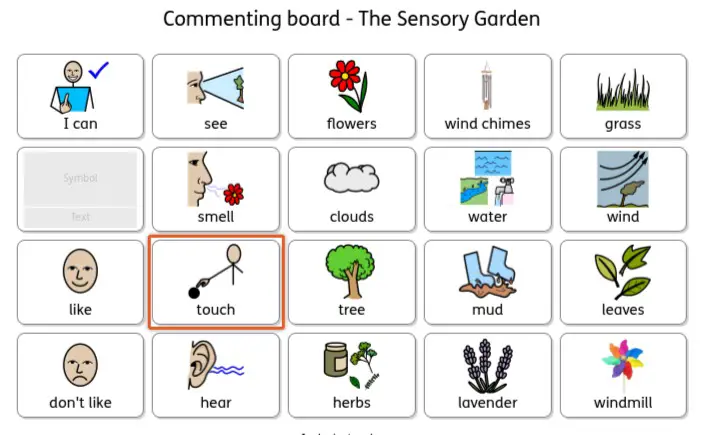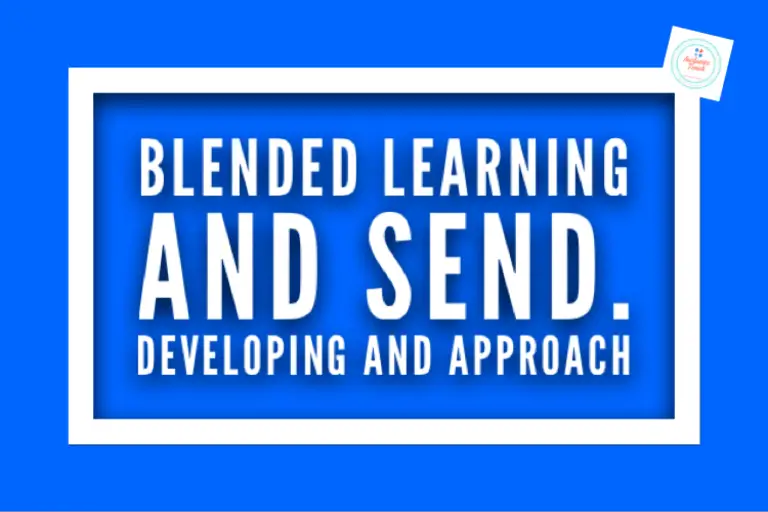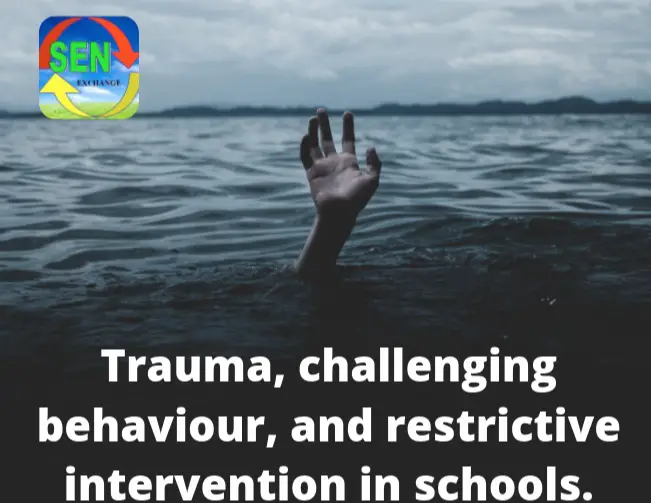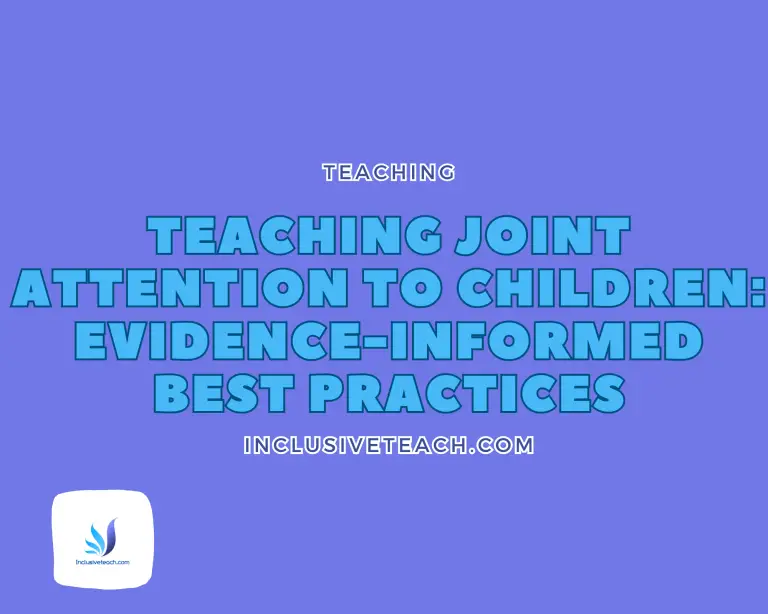Making use of your sensory garden.
Outdoor learning is an essential part of all children’s education. Getting out of the classroom provides endless opportunities for academic learning and personal development. This post will outline key possibilities provided by creating a sensory garden or even through utilising an existing outdoor space for learning opportunities. Whether that be academic, emotional or skills-based. Here are even more tactile sensory ideas for the garden.
5 ways to use the garden for learning.
Reflection
As the sensory garden is often away from the other
learning spaces in a school it can act as a neutral place for reflection when things haven’t
gone right. It is a much better place for non-judgemental time out. Unlike going into an office or classroom there is no inherent environmental power imbalance.
Play and Interaction
There are limitless opportunities for play in any outdoor area, a sensory garden takes this further. Structured play can often be more beneficial than a run around. Games such as “I spy”, scavenger hunts, and hide and seek are brilliant to encourage low pressure positive interactions.
Interaction and Communication
The core of many specialist provisions communication should be embedded into every activity. Here is a suggested
AAC communication board to allow the child to comment on the things they can see, hear, touch, and smell.

Employability
Employability and
careers links are essential elements of any education. The sensory garden provides hands on experience of horticultural and other possible careers skills. This is something that can be built on throughout the child’s time at school. The pupils demonstrate their ongoing impact everytime they use it.
Stimulating Environment.
The garden should not just be a nice place to be. It should be designed to stimulate the child’s senses. Windmills, chimes, mirrors, spinners. These resources can be made in Design Tech by the pupils. It is easy to create alerting, interacting,
calming and reflecting zones.
I hope you found this post useful. I would be absolutely delighted and eagerly look forward to hearing all about the wonderful and creative ways you utilize your outdoor learning spaces. Please do share your experiences, ideas, and insights in the comments section below. Your input is incredibly valuable and can inspire others to explore the endless possibilities of outdoor learning. Let’s come together as a community and exchange our innovative approaches to make the most of these enriching educational environments!
Please share if you enjoyed this post.
Like this:
Like Loading...
Related










4 Comments